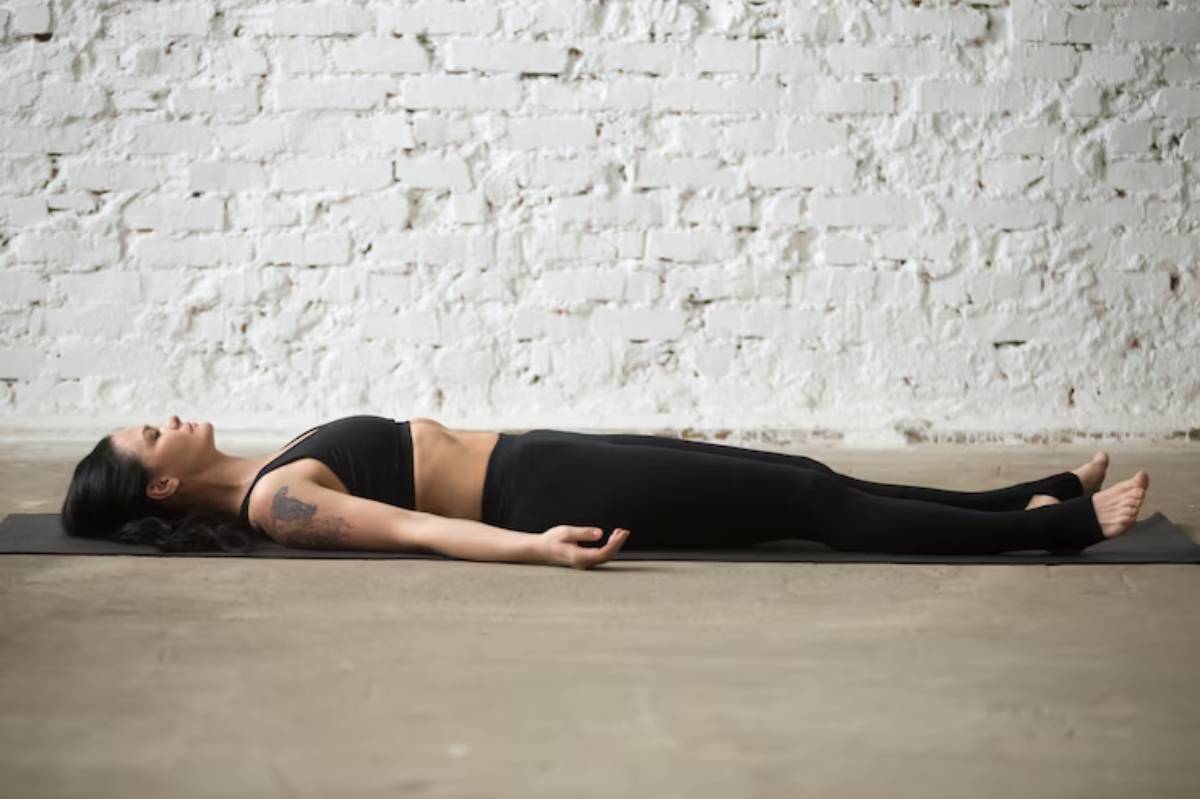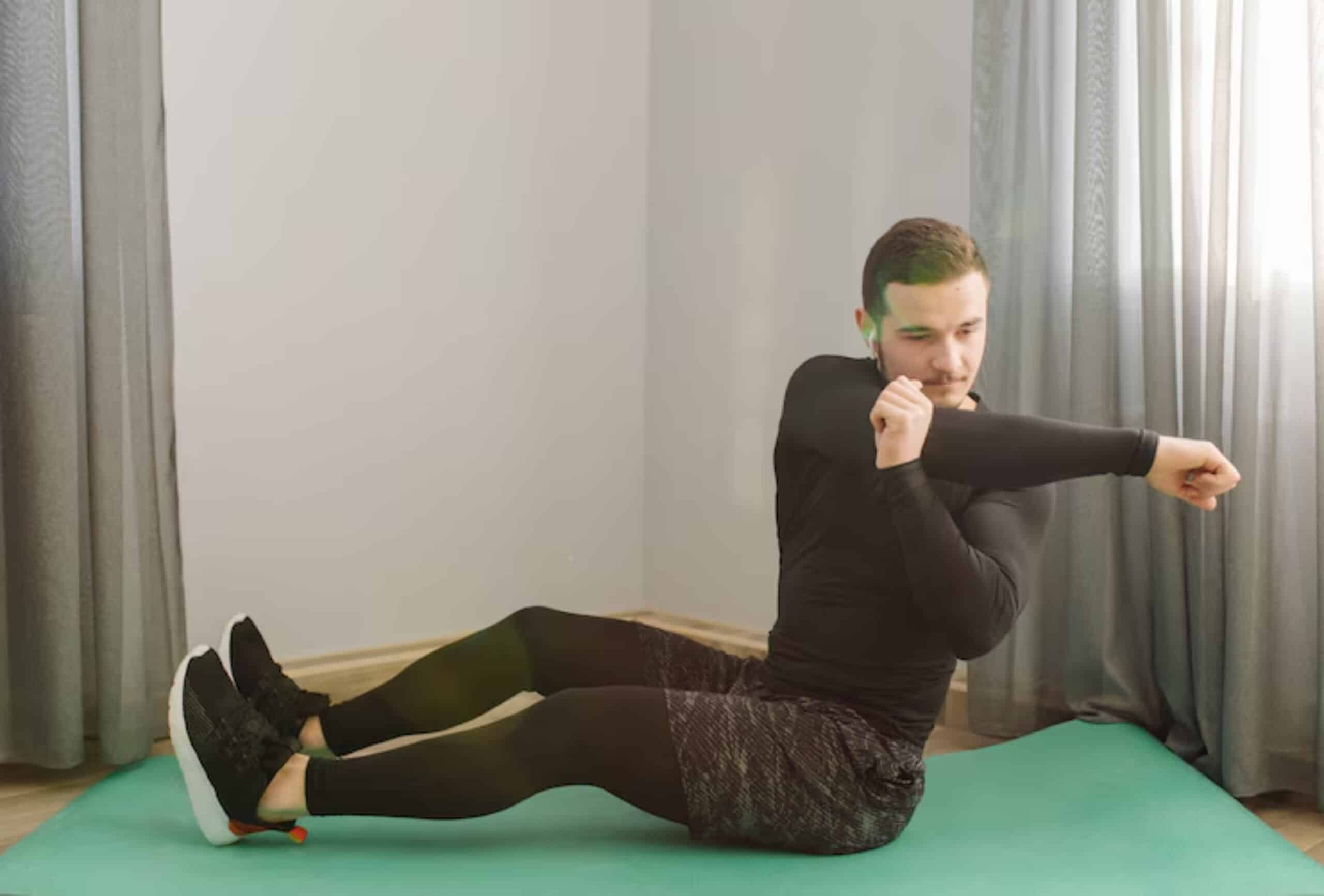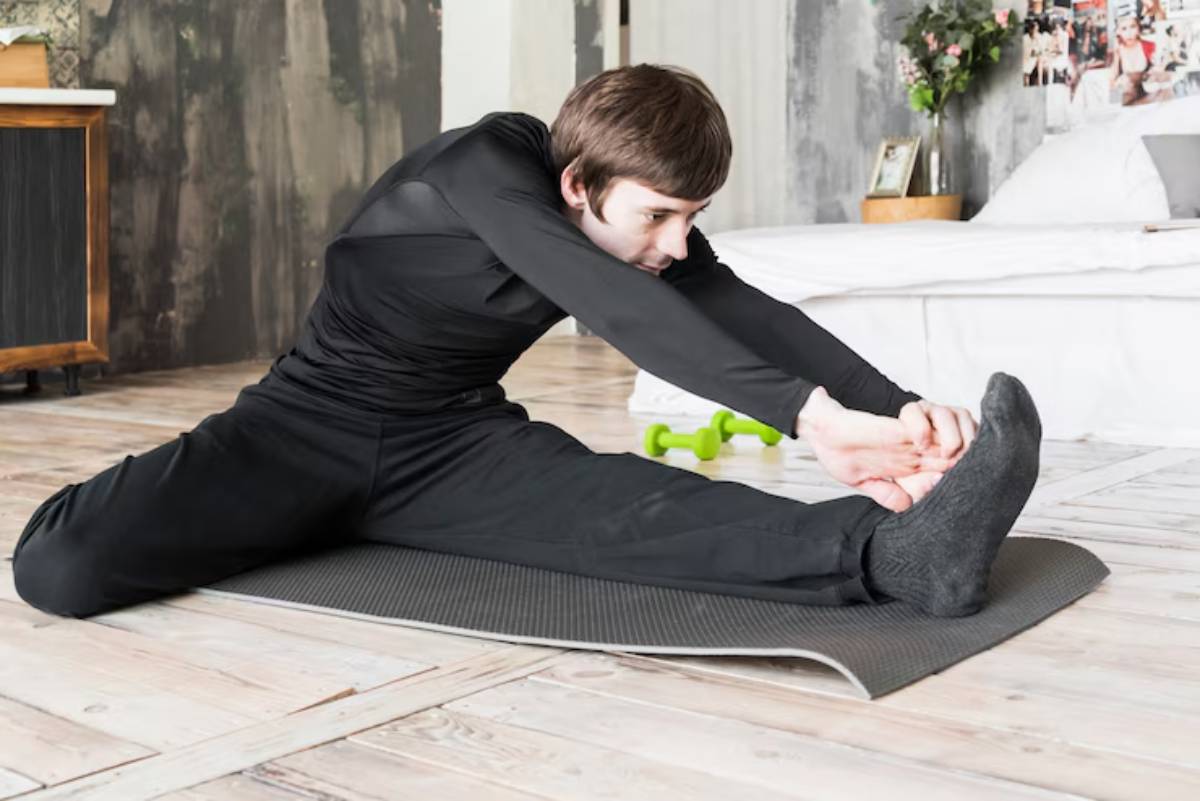
Flexibility Training to Complement Hypertrophy
You hit the gym hard, focus on progressive overload, fuel up on protein, and stick to your split religiously. But even with progress, something feels wrong. It could be tight hips, stiff shoulders, or those annoying joint aches that are creeping in.
Here’s the missing piece: flexibility for bodybuilders isn’t optional. It’s the secret sauce for better hypertrophy. It helps you stick with your gains, perform well, and recover quickly.
Flexibility isn’t about contorting into circus-level shapes. It’s about unlocking motion. This helps with muscle growth and functional strength. In this article, you’ll learn how to add flexibility training to your hypertrophy plan. You’ll find the best stretch routines for muscle growth. Plus, discover how yoga supports hypertrophy without hurting your gains.
We’ll explore case studies that you can relate to, useful tools, and a flexible plan made just for bodybuilders. Ready to stretch beyond your limits? Let’s go.
Why Flexibility Matters for Muscle Growth
Flexibility vs. Mobility: Know the Difference
Before we go further, let’s clarify terms:
- Flexibility: The ability of a muscle to lengthen passively
- Mobility: The ability of a joint to move actively through a range
You need both. But in bodybuilding, flexibility often gets ignored, even though it:
- Improves muscle fibre recruitment
- Reduces injury risk
- Supports better posture and biomechanics
Restricted Muscles = Restricted Gains
Do you ever struggle to hit depth in squats or flare your elbows properly on bench press? Limited flexibility in the hamstrings, hips, or pecs could be the culprit.
Tight muscles limit movement. They make your body adjust in other areas, often hurting your joints.
Flexibility Boosts Recovery
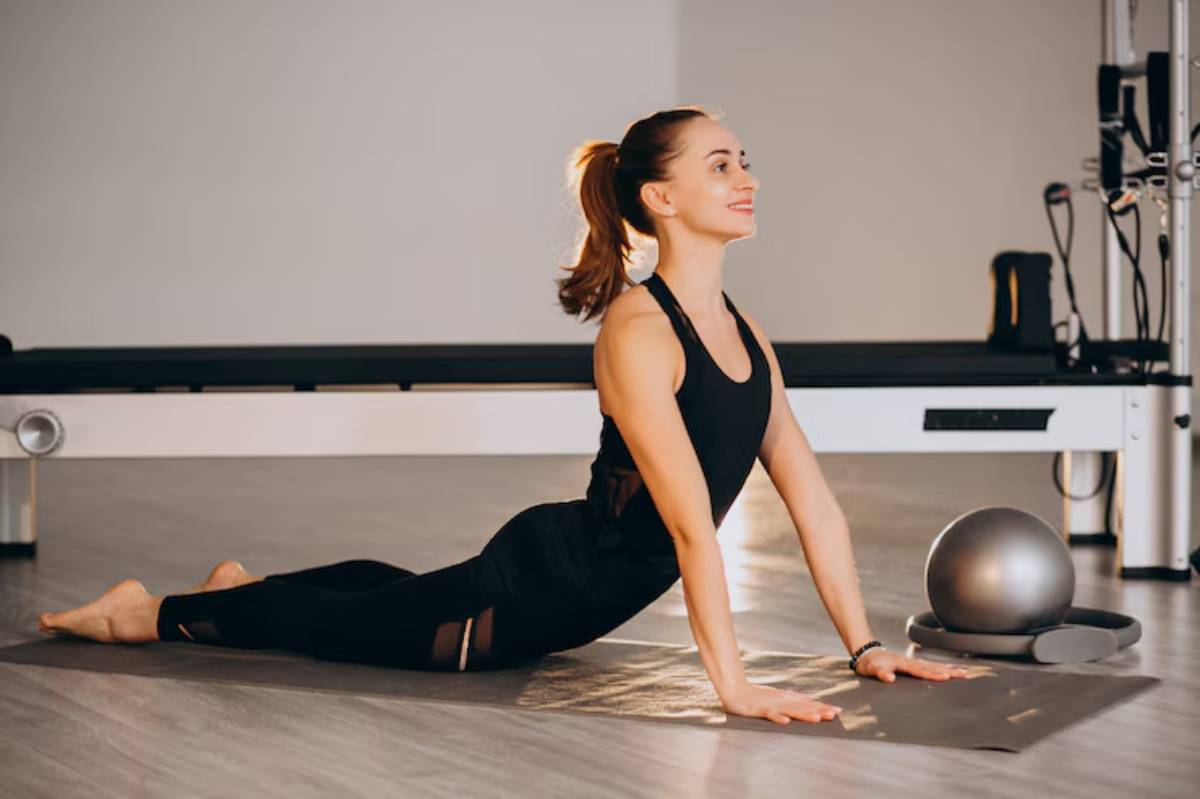
When muscles are constantly tight, blood flow and lymphatic drainage are reduced. Regular stretching or flexibility work enhances nutrient delivery and aids recovery between sessions.
Want to enhance your rest days too? Try Yoga for Rest Days on a Bodybuilding Routine
The Science of Stretching and Hypertrophy
Can Stretching Actually Promote Muscle Growth?
Yes. Emerging research suggests loaded stretching may stimulate hypertrophy by:
- Creating mechanical tension under stretch
- Causing micro-tears that remodel muscle tissue
- Prolonging time-under-tension (TUT)
Key Study Highlights
- A 2021 study in the Journal of Applied Physiology found that calves grew a lot when they stretched for a long time.
- Animal studies (e.g., birds with weighted wing stretches) also showed enlarged muscle mass over time.
While human evidence is still building, the early findings are promising.
When to Stretch
- Dynamic stretching: Pre-workout (5–10 minutes)
- Static or passive stretching: Post-workout or on rest days
- Loaded stretching: Occasionally post-set for advanced lifters
Best Flexibility Techniques for Muscle Growth
1. Static Stretching
- How it works: Holding a stretch at end range for 30–60 seconds
- When to use: After workouts or as a cooldown
- Great for: Increasing muscle length, relaxing the nervous system
2. Dynamic Stretching
- How it works: Controlled movements through range (e.g., leg swings)
- When to use: Pre-workout warm-ups
- Great for: Activating muscle groups, improving blood flow
3. PNF Stretching (Proprioceptive Neuromuscular Facilitation)
- How it works: Contract-relax technique to trick your body into deeper stretches
- When to use: 2–3 times a week for flexibility gains
- Great for: Hamstrings, quads, shoulders
4. Loaded Stretching
- How it works: Holding a stretch under resistance (e.g., dumbbell fly at stretch point)
- When to use: After the final sets of hypertrophy work
- Great for: Adding mechanical tension in the stretched position
Safety Tip: Start with light loads and avoid pain. This isn’t about ego lifting.
Yoga as a Tool to Support Hypertrophy
Why Yoga Works for Lifters
Think yoga is just breathing and gentle movement? Think again. Specific yoga styles, like Hatha and Yin, enhance hypertrophy gains by:
- Improving flexibility in fascia and muscle tissue
- Balancing overstimulated nervous systems
- Releasing tension in overtrained areas
Poses That Pair Perfectly With Strength Training
Here are some yoga poses that serve as powerful stretch routines for muscle growth:
- Low Lunge (Anjaneyasana): Opens hip flexors
- Pigeon Pose: Targets glutes and piriformis
- Chest Opener on Blocks: Expands the pectoral muscles
- Bridge Pose: Strengthens glutes, opens quads
- Forward Fold: Stretches hamstrings and calves
Interlink Suggestion: Learn deeper techniques in Advanced Backbend Series for Strength & Mobility
Flexibility Plan for Bodybuilders (4-Week Template)
Weekly Schedule:
- Monday: Lower body lift + dynamic stretch warm-up + static stretch cooldown
- Tuesday: Active rest + yoga (hip + hamstring flow)
- Wednesday: Upper body lift + chest/lat opener post-workout
- Thursday: Light cardio + Yin yoga (full-body)
- Friday: Posterior chain lift + loaded stretch finisher
- Saturday: Mobility drills + PNF session
- Sunday: Full rest or meditation/breathwork
Tools Needed:
- Yoga mat
- Resistance bands
- Yoga blocks
- Foam roller
Real-World Story: Jayden’s Flexibility Journey
Jayden, a 29-year-old physique competitor, looked amazing on stage. But backstage, his hips were killing him. He couldn’t sit cross-legged or hit a deep squat without pain.
“I thought I was strong. But I wasn’t functional,” he says.
His coach introduced 2x/week yoga and daily post-lift stretching. In just 8 weeks:
- Hip pain vanished
- Squat form improved dramatically
- He recovered faster between training days
“Now, I’m not just building mass. I’m building longevity,” Jayden shares.
Common Mistakes and How to Avoid Them
Mistake #1: Treating Flexibility as an Afterthought
Fix: Schedule it like any other workout. Consistency = results.
Mistake #2: Holding Painful Stretches
Fix: Discomfort is okay. Pain isn’t. Use props and modify when needed.
Mistake #3: Skipping Warm-Ups
Fix: Cold muscles resist stretch. Always warm up before static work.
Mistake #4: Using Stretching to Replace Strength
Fix: Flexibility supports hypertrophy. It doesn’t replace it.
Mental Benefits of Flexibility Training
Beyond the physical, flexibility work helps with:
- Stress reduction through calming breath techniques
- Improved sleep by activating the parasympathetic system
- Greater body awareness, aiding in precise lifting form
These benefits aren’t fluff — they help you show up better in the gym, day after day.
Quick Flexibility Drills for Busy Lifters
5-Minute Daily Flow:
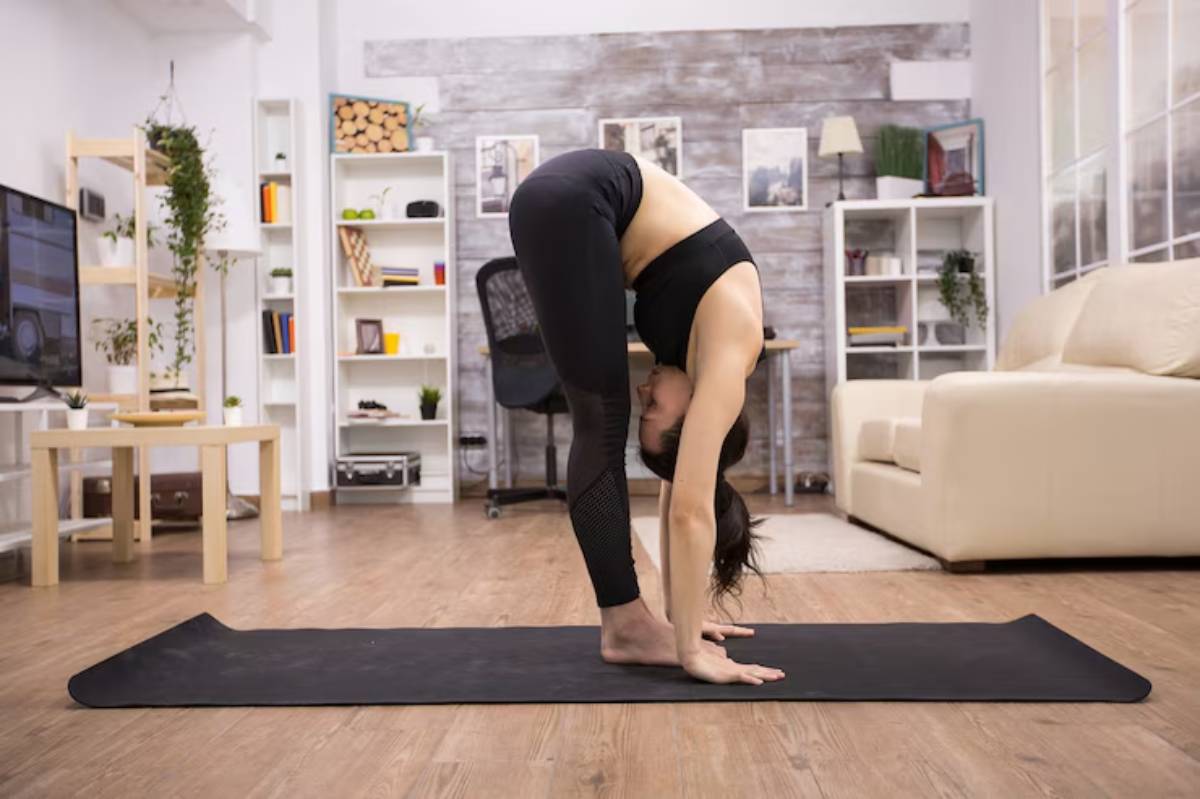
- Forward Fold (1 min)
- Cat-Cow (1 min)
- Low Lunge Left (1 min)
- Low Lunge Right (1 min)
- Supine Twist (1 min)
Post-Lift Stretch Circuit:
- Chest Opener against the wall (30 sec each side)
- Seated Hamstring Stretch (1 min)
- Frog Pose (1 min)
- Lying Pigeon (1 min each side)
Commit to just 5–10 minutes per day, and your flexibility (and lifts) will thank you.
Conclusion: Stretch Your Way to Sustainable Gains
If you want to build muscle but skip flexibility, you’re creating a strong machine on a stiff frame. It’s only a matter of time before something breaks.
Flexibility for bodybuilders isn’t about doing the splits. Unlock your muscle potential. Support joint health. Make your progress sustainable. The right mix of stretches, yoga, and mobility work will help you feel and perform better.
So, don’t wait for injury or burnout to force the change. Build flexibility into your training now. Your future, stronger self will thank you.
